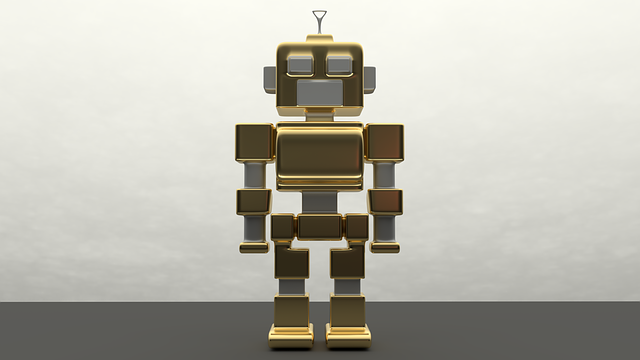
Automation is enjoying a steady growth as robots continue to move into the food industry’s primary side. A Technavio report predicts that from 2015 through 2019, the market for robotics in the food and beverage industry will enjoy a 29% compound annual growth rate. One of the primary drivers as cited by the research firm is the demand for contamination-free and clean production areas. According to MarketsandMarkets, by 2022, the food robotics market is projected to be worth about $2.5 billion.
In countries such as the US, Japan, Australia and South Korea, there is a higher demand for industrial robots in companies that deal with food and beverages. The suppliers of robotics are rapidly expanding the ability for the end users of robots to change parameters on the fly for products of different sizes and shapes. Some of the features include monitoring of quality, position and force as well as speed controls.
Such improvements to an industrial robot means reduced expenses, increased output and improved quality in food and beverage processing.
Table of Contents
They are getting a grip on agricultural products
The food industry is not only large but also a fast growing segment for the automation of robotics. While some food segments are new to robotics and will have a higher learning curve than the user base that is already established, it is crucial for both the supplier and the integrator to educate the market.
The robots of today can pick, place, pack and palletize structured objects such as boxes, crates and cartons. This makes them a natural fit for the food and beverage processing industry. The manufacturers of robots are now designing robotic grippers that can handle products of different sizes and shapes. Such grippers have adjustable grippers than enables the robot to firmly grasp a produce such as tomato without squeezing it too hard to damage it.
The use of robotics in secondary food handling
Manufacturers find it much easier to add robots into the secondary phase of the production line since this is where the sizes of items are more standardized. However, even in these environments, there is increase call for monitoring capabilities and sanitary wash-down.
The use of robotics is now extending into primary food production such as cereal and dairy and meat processing. More humans are finding it hard to work in harsh environments such as humid or hot food preparing environments or refrigerated warehouses. By, contrasts, robots are designed to handle such tasks. The only difference between the food processing industries and others is the fact that it has very strict precautions against contamination.
What can business take away from the rapid growth of the use of robotics?
Collaborative robots could allow for the spread of robotics throughout the food industry from cooking, packaging and retail to agriculture. While adoption is likely to increase, there is need to comply with safety regulations that distinguish food robotics from the other types of automation. Due to improvements in machine vision, automation in harsh conditions as well as manipulation of varied objects will eventually lead to a rapid growth of robotics in the food and beverage industry.
What is the future of robots in the food industry
In the future, the food industry is expected to fully adopt collaborative robots. Just like other types of automation, the success of cobots in the automotive industry will result in the increase in robotic use in other industries.
In this regard, manufacturers and suppliers of robots such as Universal Robots will need to continue innovating and differentiating themselves from their competitors in the food industry market.
If you are looking to integrate an industrial robot or the use of robotics into your food processing business then you should remember that automation is becoming more common in all aspects of the food industry. This can range from restaurants and logistics to precision agriculture.



